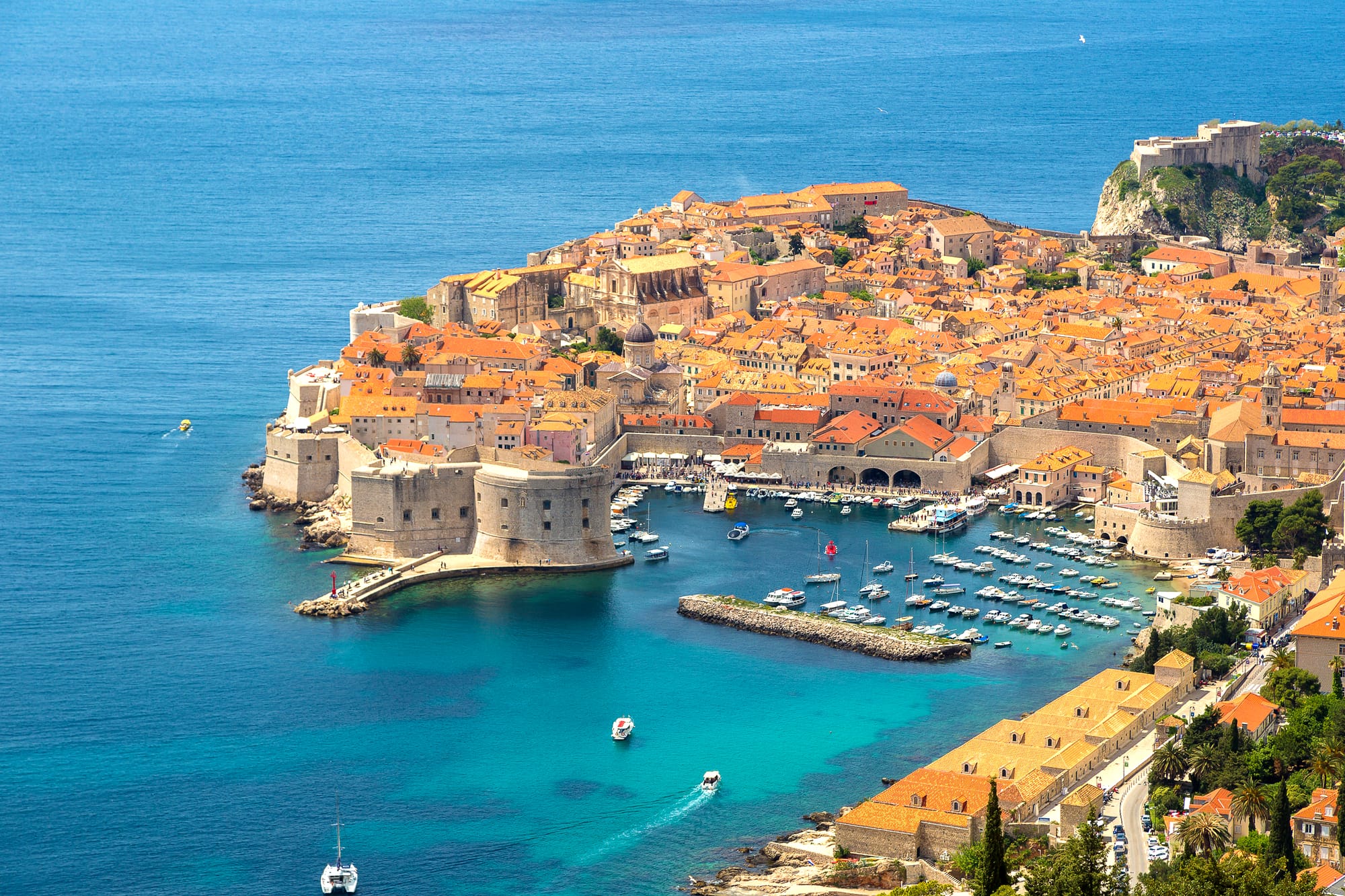Dalmatia is over 350 km long. Although its climate is temperate, it is considered one of the hottest regions in Croatia. May to September is often considered the best time to visit, offering pleasant average temperatures ranging from 20°C to 25°C. The vineyards are known worldwide for their unique wine-tasting experience. One of the largest ►
Dalmatia is over 350 km long. Although its climate is temperate, it is considered one of the hottest regions in Croatia. May to September is often considered the best time to visit, offering pleasant average temperatures ranging from 20°C to 25°C. The vineyards are known worldwide for their unique wine-tasting experience. One of the largest Dalmatian cities is Split.
We can distinguish three different areas in Dalmatia:
Northern Dalmatia: In this region, nature lovers will be served with the Paklenica Canyon, the Krka waterfalls, or the Kornati islands. Culture is very present in the cities of Sibenik or Zadar, with magnificent buildings dating from the Middle Ages, such as the cathedral of St. Anastasia and the church of St. Donat, a circular stone building from the 9th century.
Another attractive medieval building to be noticed is the Gate of the Firm Land, a historic gate located on the mainland of the old city, built in the 16th century in Renaissance style, with defensive elements such as battlements and machicolations. Also, the old Roman forum from the 1st and 3rd centuries A.D. and the clock tower from 1560 are fascinating examples of the diversity of architecture that has evolved in this area over the centuries, with styles ranging from Roman to contemporary.
Central Dalmatia: This region is subject to frequent winds, including the maestral, a refreshing coastal breeze in summer, and the bora, a cold and dry wind in winter. These winds can influence outdoor activities and water sports. Indeed, Bol, Makarska, Hvar, and Split are perfect places for windsurfing and paragliding. The Biokovo mountain could also offer you a well-deserved nature break with a beautiful sunrise.
Split has a rich cultural and historical heritage, and it is home to the Diocletian\'s Palace, an ancient Roman palace built in the 4th century for the emperor. Today, it is a UNESCO World Heritage Site. For fresh air, climb Marjan Hill, which offers a panoramic view of the city and the sea. You can go hiking, biking, or just walking.
Every year in August, the city of Sinj hosts the annual International Puppet Festival event. This multi-day celebration takes place in various locations in the city and brings together troupes from different countries.
Southern Dalmatia: The medieval city of Dubrovnik, also known as the \Pearl of the Adriatic,\ is exceptionally well preserved. It is based on a hill and offers a breathtaking sea view. The old town is a UNESCO World Heritage Site with walls dating from the 13th century.
For fans of the series, here are some scenes of the saga \Game Of Thrones.\
It houses the Sponza Palace and the Franciscan Monastery, founded during the Renaissance. It houses a library, museum, and pharmacy dating from the 14th century, considered the oldest in Europe still in operation.
Board the boat to visit the Elaphite Islands, located near Dubrovnik. Also, it is the perfect place for scuba diving, with wrecks and reefs to explore. The Krka and Mljet national parks are to be noticed, with their waterfalls, lakes, and forests.
The feast of St. Blaise (Sveti Vlaho) takes place every year on February 3rd. It is one of the most critical events in the city, with religious processions and traditional performances.
Every year, the city has held its annual summer festival for over 70 years, which takes place from July to August and offers concerts, plays, and open-air art exhibitions.
The Dalmatian islands are another major attraction in the region. The island of Hvar is one of the most popular, with its beautiful beaches, vineyards, and lavender fields. Brač is also popular with tourists for its sandy and pebble beaches, especially in Zlatni Rat.
◄
